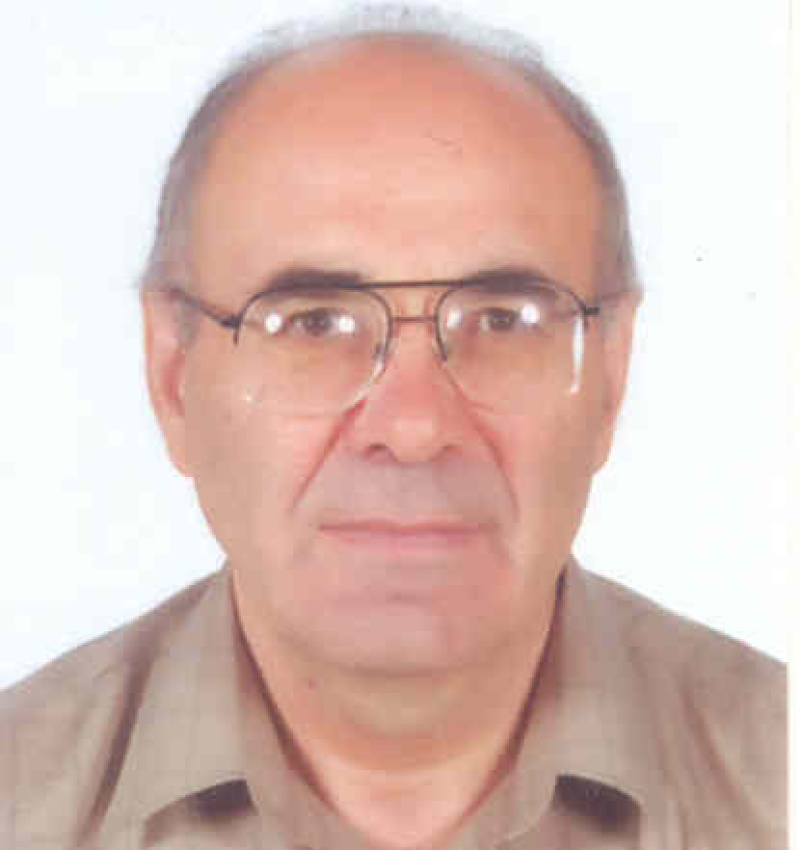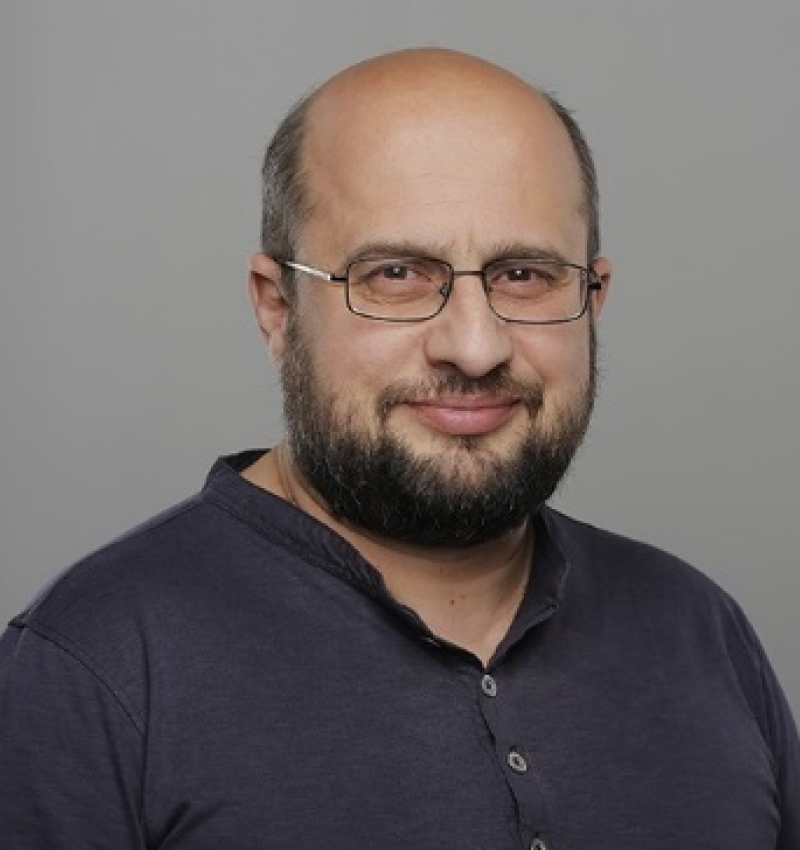- Main
- Faculty
- Institute of Physics
- Chair of Molecular Physics
Chair of Molecular Physics
In 1964, Ph.D., Professor Vilen Aslanyan, who was a disciple of one of the founders of Leningrad School of Physics of Macromolecules M.V.Volkenstein, was appointed the head of the Chair of Optics of YSU Institute of Physics (until 1989).
This fact led the professor to create a separate group attached to the Chair of Optics, which investigated the structure of biological and synthetic polymers using optical methods. The created group became the basis for the establishment of the Chair of Molecular Physics in the Faculty in 1965 (until 1992 it was called the Chair of Molecular Physics and Biophysics).
The main scientific direction of the newly created chair was the research of the structure of synthetic and biological (DNA, RNA, proteins, membranes) macromolecules, which is preserved to this day.
Since 2006, Ph.D., Professor Eva Dalyan, has been the head of the chair.
From its establishment, Vazgen Petrosyan, a specialist in the relaxation properties of synthetic polymers, and Vahagn Saghatelyan, an experimenter with brilliant engineering skills, worked in the Chair and collected unique equipment for researching biological and synthetic polymers. While from 1966, Artem Dadivanyan, Alexey Janbaryants, and Hrant Farshyan returned from their post-graduate studies in Leningrad (now St. Petersburg) and studied the structure of synthetic polymers. A professional group dealing with synthetic polymers was formed in the chair.
Karen Oksuzyan also played a huge role in the history of the chair, as thanks to his efforts economic contractual works related to the aging of polymers have been carried out in the chair for years.
Current research directions of the chair include:
• Theoretical and experimental study of conformational changes in the structure of DNA and RNA caused by interaction with ligands, clarification of molecular mechanisms of these interactions. Monovalent and divalent metal ions, some Pt(II) and Ru(III)-containing drugs with antitumor activity, antibiotics, dyes, as well as a large class of compounds with high biological activity such as porphyrins and metalloporphyrins are considered ligands.
• The effect of UV and gamma radiation on the structure of biological and synthetic macromolecules.
• Experimental study of the hydrodynamic behavior of aqueous solutions of polymers.
• Theoretical study of the correlation between primary and spatial structures of biopolymers and their functions. Development of a theory of helix-coil transition in biopolymers.
• Adsorption of ligands on biological and synthetic membranes.
Staff
Acting head of the chair, assistant
Professor
Associate professor




